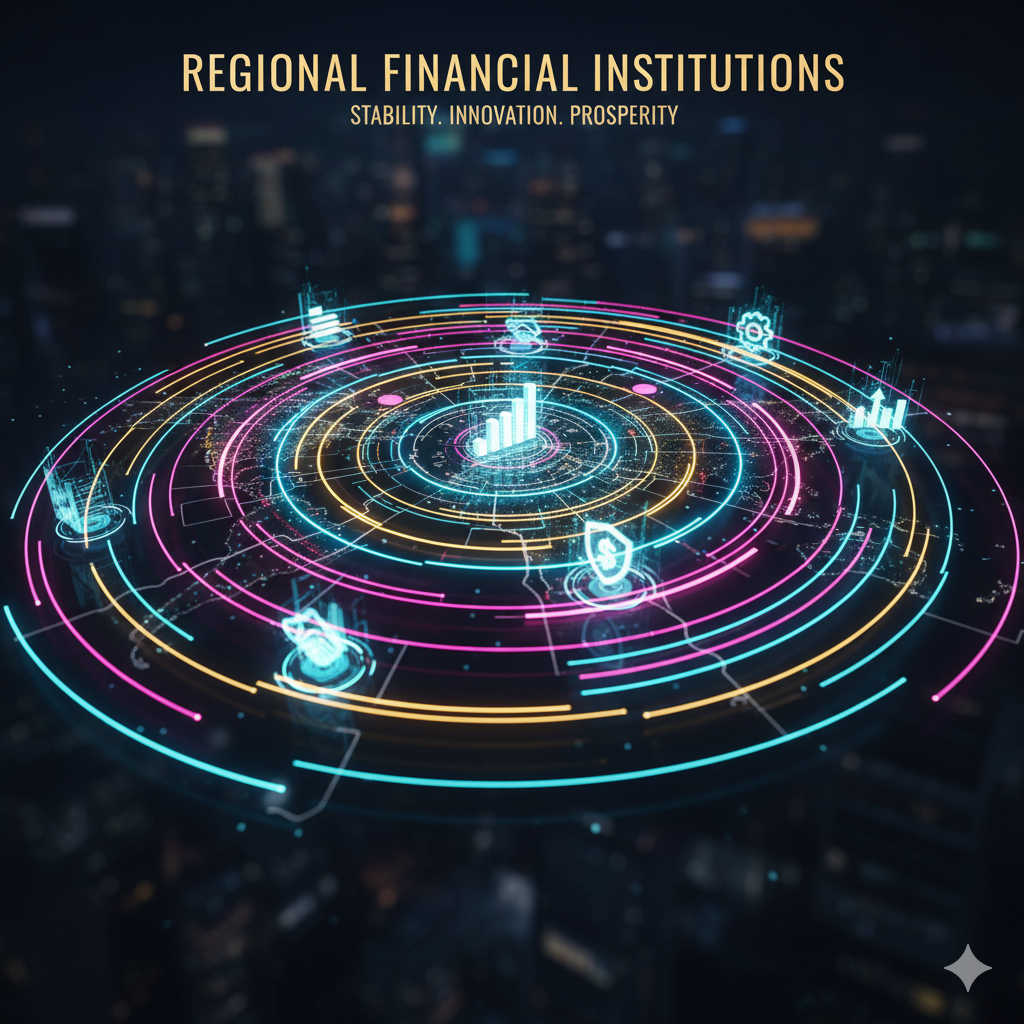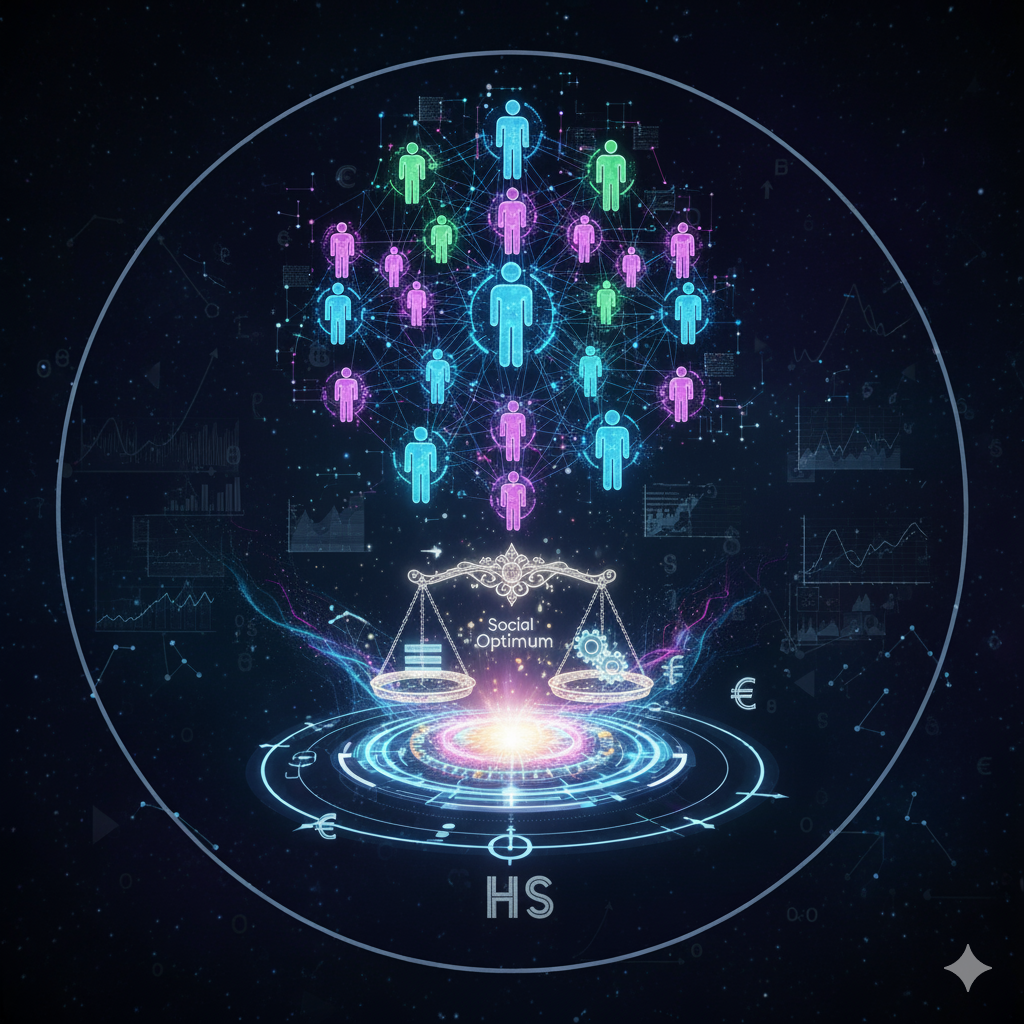Introduction
Regional Financial Institutions (RFIs) play a vital role in shaping economic stability, promoting development, and supporting financial cooperation within specific geographic regions. Unlike global financial institutions such as the International Monetary Fund (IMF) or World Bank, RFIs focus on addressing the unique developmental needs of their member regions. Among the most significant RFIs are the New Development Bank (NDB) and the Asian Development Bank (ADB), both established to foster economic growth, sustainable development, and regional integration.
This article explores the nature and functions of regional financial institutions, the structure and functioning of the NDB and ADB, and how these institutions contribute to inclusive and sustainable regional development.
1. What Are Regional Financial Institutions (RFIs)?
Definition and Meaning
Regional Financial Institutions (RFIs) are multilateral development banks (MDBs) that provide financial and technical assistance to countries within a specific geographic area. They aim to promote regional economic cooperation, integration, and development through funding infrastructure, poverty reduction, trade facilitation, and capacity-building initiatives.
These institutions differ from global organizations like the World Bank, as their membership and operations are confined primarily to a particular region, such as Asia, Africa, or Latin America.
Key Characteristics of RFIs
- Regional Focus: They operate within a specific geographical region, addressing region-specific challenges and opportunities.
- Development-Oriented: Their primary aim is to finance development projects, including infrastructure, education, and health.
- Financial Support: They provide loans, grants, and technical assistance to governments and private sectors.
- Capacity Building: RFIs support institutional strengthening, policy reforms, and regional integration.
- Partnership Promotion: They encourage economic cooperation and partnerships among member countries.
Major Regional Financial Institutions in the World
- Asian Development Bank (ADB) – focuses on Asia-Pacific development.
- New Development Bank (NDB) – established by BRICS nations.
- African Development Bank (AfDB) – supports development in Africa.
- European Investment Bank (EIB) – finances projects in Europe.
- Inter-American Development Bank (IDB) – works in Latin America and the Caribbean.
- Islamic Development Bank (IsDB) – operates in Muslim-majority and partner countries.
Functions of Regional Financial Institutions
- Providing Financial Resources: Offering loans, equity investments, and guarantees for development projects.
- Encouraging Regional Trade: Promoting intra-regional trade through infrastructure and policy harmonization.
- Supporting Policy Reforms: Helping member countries improve governance, fiscal management, and regulatory systems.
- Enhancing Connectivity: Funding transportation, communication, and energy networks to strengthen integration.
- Poverty Reduction and Social Inclusion: Financing education, health, and social welfare programs.
- Promoting Environmental Sustainability: Encouraging green investments and sustainable development projects.
2. The New Development Bank (NDB)
Background and Establishment
The New Development Bank (NDB) was established in 2014 by the BRICS nations — Brazil, Russia, India, China, and South Africa — to mobilize resources for infrastructure and sustainable development projects in emerging economies.
The bank was formally launched at the 6th BRICS Summit in Fortaleza, Brazil, and became operational in 2015, headquartered in Shanghai, China. Its creation reflected the growing desire among emerging economies to have a greater voice in the global financial architecture, which had long been dominated by Western-led institutions such as the IMF and World Bank.
Objectives and Purpose of the NDB
- Financing Infrastructure and Development Projects:
The NDB aims to support large-scale infrastructure projects like transportation, energy, water, and urban development that are critical for sustainable economic growth. - Reducing Dependence on Western Institutions:
It provides an alternative source of funding for developing countries, reducing reliance on Western-controlled institutions. - Promoting Sustainable Development:
The NDB supports projects aligned with the United Nations Sustainable Development Goals (SDGs), focusing on renewable energy, green technologies, and social inclusion. - Encouraging South-South Cooperation:
The bank strengthens collaboration among emerging economies, promoting self-reliance and economic solidarity. - Enhancing Financial Stability:
The NDB works to reduce financial vulnerabilities and promote regional and global economic resilience.
Structure and Governance of the NDB
The governance of the NDB is based on equality and representation:
- Board of Governors: Composed of finance ministers or central bank governors from member countries.
- Board of Directors: Responsible for operational policies and project approvals.
- President: The head of the NDB, elected on a rotational basis from the BRICS countries.
- Headquarters: Shanghai, China, with regional offices in Johannesburg, São Paulo, Moscow, and New Delhi.
Membership and Expansion
Initially, the NDB had five founding members (BRICS countries). However, its charter allows for the inclusion of new members from developing and emerging economies. The bank’s open membership policy aims to broaden its developmental reach.
Capital Structure
- Authorized Capital: USD 100 billion
- Initial Subscribed Capital: USD 50 billion, equally contributed by founding members.
This equality-based contribution model reflects the cooperative nature of the institution.
Operations and Projects
The NDB finances a wide range of projects, including:
- Renewable energy (solar, wind, and hydroelectric power projects)
- Urban transport systems and infrastructure
- Rural water supply and sanitation
- Sustainable agriculture and smart cities
Examples include India’s solar park projects and South Africa’s renewable energy initiatives.
Significance of NDB
- Promotes inclusive growth and sustainable infrastructure.
- Strengthens BRICS cooperation and enhances developing countries’ global influence.
- Encourages alternative financing mechanisms for development.
- Fosters environment-friendly and technology-driven growth.
3. The Asian Development Bank (ADB)
Background and Formation
The Asian Development Bank (ADB) was established in 1966 to promote social and economic development in Asia and the Pacific region. It was founded in response to the region’s need for greater economic cooperation and financial support for development.
The ADB’s headquarters is located in Manila, Philippines, and it currently has 68 member countries, including 49 from the Asia-Pacific region and 19 from other parts of the world.
Objectives and Goals of ADB
- Poverty Reduction:
ADB’s primary mission is to help its developing member countries reduce poverty through inclusive economic growth. - Regional Integration:
It promotes trade and investment linkages among Asian economies to foster economic unity. - Sustainable Development:
Supports clean energy, climate change mitigation, and environmental sustainability projects. - Infrastructure Development:
Finances transport, energy, water, and urban infrastructure essential for economic expansion. - Gender Equality and Human Development:
Enhances social inclusion, education, and women empowerment in the development process. - Private Sector Development:
Encourages private investments and entrepreneurship in developing countries.
Structure and Organization
The ADB’s structure consists of:
- Board of Governors: Represents all member countries and holds ultimate decision-making power.
- Board of Directors: Oversees general operations and policies.
- President: Leads the institution (traditionally from Japan).
- Departments and Regional Offices: Handle project implementation, finance, and development strategy.
Capital and Financial Resources
- Authorized Capital: Approximately USD 165 billion.
- Sources of Funds: Paid-in capital from member countries, borrowings in international capital markets, and retained earnings.
ADB uses these funds to provide loans, grants, equity investments, and technical assistance to member countries.
Functions of the ADB
- Providing Development Loans and Grants: To governments and private sector projects.
- Technical Assistance: Offering policy advice and institutional support.
- Research and Policy Analysis: Producing reports on Asian economic trends and prospects.
- Promoting Regional Integration: Funding cross-border infrastructure and trade facilitation.
- Encouraging Green Growth: Investing in renewable energy, sustainable transport, and waste management.
Key Projects and Initiatives
- South Asia Subregional Economic Cooperation (SASEC): Promotes connectivity in South Asian countries.
- Central Asia Regional Economic Cooperation (CAREC): Enhances trade and transport infrastructure.
- Asia Solar Energy Initiative: Supports the transition to renewable energy.
- Climate Change Action Plan: Helps countries adapt to and mitigate climate impacts.
Significance of ADB in Asia
- Plays a major role in infrastructure financing and policy guidance.
- Facilitates regional connectivity and trade liberalization.
- Promotes inclusive growth and poverty reduction.
- Encourages climate resilience and sustainability in Asia-Pacific economies.
4. Comparative Analysis: NDB and ADB
| Aspect | New Development Bank (NDB) | Asian Development Bank (ADB) |
|---|---|---|
| Founded | 2014 | 1966 |
| Headquarters | Shanghai, China | Manila, Philippines |
| Founding Members | BRICS Nations (Brazil, Russia, India, China, South Africa) | 31 original members (expanded to 68) |
| Primary Focus | Emerging economies and infrastructure development | Asian regional development and poverty reduction |
| Decision-making | Equal voting rights | Weighted voting (Japan and USA have major shares) |
| Objective | Sustainable and inclusive infrastructure growth | Regional integration and poverty alleviation |
| Approach | South-South Cooperation | Global and regional cooperation |
5. Role of Regional Financial Institutions in Global Development
- Filling the Funding Gap: RFIs complement global institutions by addressing regional funding shortages.
- Promoting Regional Integration: Encouraging trade, connectivity, and economic coordination.
- Reducing Poverty and Inequality: Financing projects that improve livelihoods and employment.
- Supporting Environmental Sustainability: Funding renewable energy and climate-resilient infrastructure.
- Enhancing Political Stability: Economic cooperation fosters peace and mutual understanding among nations.
- Empowering Developing Economies: Giving voice to emerging nations in shaping global financial norms.
6. Challenges Faced by RFIs
- Funding Constraints: Limited financial resources compared to global institutions.
- Political Influence: Some member nations may dominate decision-making.
- Project Implementation Delays: Bureaucratic procedures slow project delivery.
- Debt Sustainability: Developing nations may face challenges repaying large loans.
- Environmental and Social Risks: Infrastructure projects sometimes affect local communities and ecosystems.
7. Future Prospects and Reforms
To remain effective, regional financial institutions must:
- Increase Funding for Green Infrastructure.
- Enhance Digital and Technological Cooperation.
- Expand Membership to Include More Developing Economies.
- Promote Transparent Governance and Accountability.
- Foster Greater Coordination Between RFIs and Global Institutions.
These measures will help create a more balanced, resilient, and equitable financial architecture.
Conclusion
Regional Financial Institutions like the New Development Bank (NDB) and the Asian Development Bank (ADB) represent vital pillars of global economic governance. They embody the spirit of regional cooperation, sustainable development, and inclusive growth.
By financing infrastructure, promoting trade, and supporting environmental sustainability, these institutions strengthen not only regional economies but also global economic stability. Their continued evolution will determine how effectively developing nations can achieve long-term prosperity, reduce poverty, and create a more equitable world economy.




